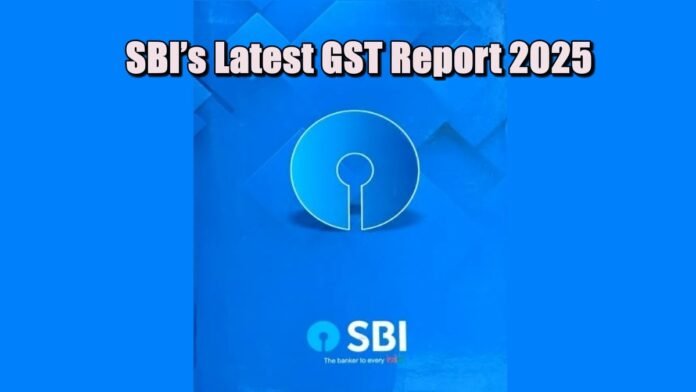
Key Points
- Over 1.52 crore active GST registrations in India; one in five GST taxpayer entities features at least one woman, with 14% led entirely by women.
- Statistical strides: women now account for 15% of all income tax filers and 40% of total bank deposits across India.
- Gross GST collection has doubled in just five years (FY21–FY25), reaching a record Rs 22.08 lakh crore.
- Average monthly GST collections have soared to around Rs 2 lakh crore.
- Top five states contribute 41% of India’s total GST revenue, while six states now generate annual GST collections exceeding Rs 1 lakh crore.
- Notable state-wise disparities: some southern states have fewer GST taxpayers than their economic size suggests, while states like Uttar Pradesh, Bihar, and Gujarat outperform their GSDP share in active taxpayers.
- GST completed eight years on July 1, 2025 credit for simplifying tax compliance, boosting transparency, and driving formalization in the Indian economy.
New Delhi: The State Bank of India (SBI) has issued a comprehensive report outlining the shifting landscape of Goods and Services Tax (GST) compliance in India. With active GST registrations surpassing 1.52 crore, the spotlight falls on both surging formalization and robust female participation in formal business domains.
Women’s Rising Influence in Business
- 20% of all registered GST taxpayers have at least one woman as a member.
- 14% of GST registrations are exclusively women-led businesses, especially prominent within LLPs and private limited companies.
- These advances are hailed as a marker of deepening women’s empowerment bolstered further by women’s growing share among direct taxpayers (15% of income tax filers) and an impressive 40% share of all Indian bank deposits.
GST Collections Hit Record Highs
- GST collections have doubled over five years: from Rs 11.37 lakh crore (FY21) to Rs 22.08 lakh crore (FY25).
- Average monthly collections in FY25 are approaching Rs 2 lakh crore, with April 2025 alone recording a high of Rs 2.37 lakh crore.
- Six states now surpass the Rs 1 lakh crore annual threshold, with Maharashtra, Karnataka, and Gujarat consistently leading in contributions.
Top States: Leaders in GST Revenue
| Rank | State | GST Collection (June 2025, ₹ crore) |
|---|---|---|
| 1 | Maharashtra | 30,553 |
| 2 | Karnataka | 13,409 |
| 3 | Gujarat | 11,404 |
| 4 | Tamil Nadu | 10,676 |
| 5 | Haryana | 9,959 |
| 6 | Uttar Pradesh | 9,248 |
These six states together account for a major share of GST’s annual haul; Maharashtra alone continues to dominate due to its industrial base and high compliance rates.
“States with over Rs 1 lakh crore in GST collection have IGST accounting for more than 30% of their total domestic collection, toppling the national average and emphasizing their pivotal role in GST success.”
Eight Years of GST: Integration and Impact
Since its landmark launch in July 2017, GST has:
- Unified 17 indirect taxes and 13 cesses into one regime.
- Reduced business operating costs and enabled seamless goods movement between states.
- Enhanced transparency, widened the tax net, and fostered economic integration.
Ongoing Regional Disparities
SBI’s analysis spotlights a critical imbalance:
- In Telangana, Tamil Nadu, Kerala, Andhra Pradesh, and Karnataka, the ratio of active GST taxpayers is less than each state’s GSDP share, suggesting untapped potential.
- By contrast, Uttar Pradesh, Bihar, and Gujarat boast a higher share of GST registrations relative to their GSDP signaling a deepening tax culture and better formalization in these states.
SBI’s 2025 GST report underscores the ongoing evolution of India’s tax landscape: women’s influence is steadily rising, GST collections are reaching unprecedented levels, and disparate state-wise participation hints at substantial room for formalization and fiscal growth. As GST marks its eighth year, experts see clear evidence of India’s progress toward an equitable, integrated, and digitally robust economy.

















































